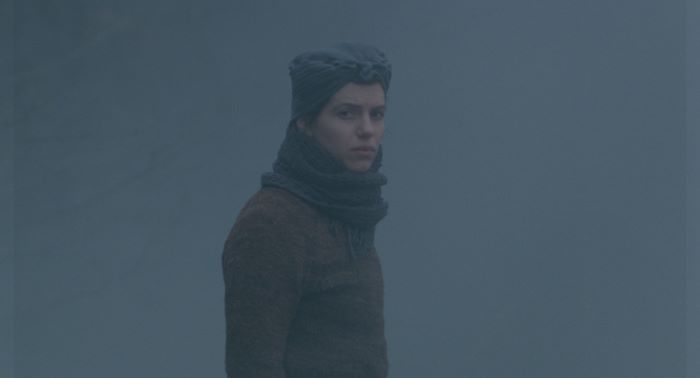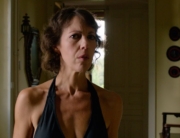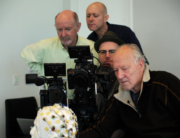![]() While today we have better tools and more adequate language to tackle mental illness, in other eras, the means to treat it resulted in outcomes that were draconian and, in many cases, violent. We can assume that in a small Austrian village in the 18th century, religion—specifically Roman Catholicism—was still the answer to one’s anxieties. Dogma served as law (with the power to condemn and execute), therapy (the sacrament of confession), and philosophy (the holy scriptures).
While today we have better tools and more adequate language to tackle mental illness, in other eras, the means to treat it resulted in outcomes that were draconian and, in many cases, violent. We can assume that in a small Austrian village in the 18th century, religion—specifically Roman Catholicism—was still the answer to one’s anxieties. Dogma served as law (with the power to condemn and execute), therapy (the sacrament of confession), and philosophy (the holy scriptures).
At the same time, the promise of eternal life was sermonized to lighten lives burdened with hard work and suffering. Of course, in many cases, this was not enough. This is precisely how The Devil’s Bath portrays such times. It focuses on the slow and progressive descent into the deepest depression of Agnes (Anja Plaschg, who is also the composer of the soundtrack), a peasant fulfilling what God and the community demand of her until she’s unable to do so for reasons that cannot be explained. That is, until someone mentions the devil as a diagnosis. However, this is not a supernatural horror film. Based on real documentation, it depicts how the desire to die found in religion becomes a brutal and sinister way of getting “gracious” relief.
Behind this raw and distressing Austro-German co-production is the Austrian director duo Veronika Franz and Severin Fiala, returning to their homeland after a brief foray into American cinema with The Lodge (2019), which did not replicate the critical success of their acclaimed Goodnight Mommy (2014). In both horror films, the duo explored aspects of evil and violence embodied by women. Here, this involves the re-creation of suicide by proxy, which was common at that time. Women would commit a crime to receive a ritual trial and a death sentence, making the possibility of being forgiven by God and ready to receive his grace the ultimate reward. The movie begins with a woman throwing a baby into the river from a cliff. She’s then beheaded, with her head publicly displayed. For Agnes, such a spectacle is not a warning but the prospect of peace.
With an unhurried pace, Agnes and her dissociation from the community are portrayed by a mostly static camera that turns her daily life into an immersive experience. Agnes leaves her childhood home and family for an arranged marriage to Wolf (David Scheid), but she will also live with his demanding and severe mother (Maria Hofstätter). Agnes struggles to learn the daily tasks, which brings constant scolding or correction for her mistakes. Meanwhile, Wolf is indifferent and barely touches her, sexually unable to fulfill his duty to start a family. There are enough hints that Wolf might be homosexual, considering the interest and happiness reflected in him when he is with one of his friends, giving us a glimpse that he too is trapped in his silent misery. So, when Agnes finds an abandoned baby and insists on passing it off as her own, problems begin. Wolf and his mother declare that they will not keep the baby, a decision Agnes does not easily accept. From there, everything goes from bad to worse, attracting public attention to her behavior.
The scenario will raise comparisons to folk horror films like Robert Eggers’s The Witch (2016), but Franz and Fiala’s approach is not concerned with using tension and terror as a form of spectacle. Instead, the beautiful images of the countryside and forest captured by cinematographer Martin Gschlacht contrast with the repetitive and exhausted lives of its inhabitants. Although Agnes ends up acting exactly like the type of person her community might say is under the effects of a “devil’s bath,” the film makes no concessions to consider paranormal phenomena as possible, contrary to what some aspects of its marketing might suggest.
The Devil’s Bath can be considered the creative peak of the directing duo, and it may rank as the most unsettling horror movie of the year. When it comes to observing history with equal compassion and disgust, allowing spectators to ponder their own ethical and moral judgments in the face of what is observed, the chill left by the film is real and palpable.







Leave A Comment